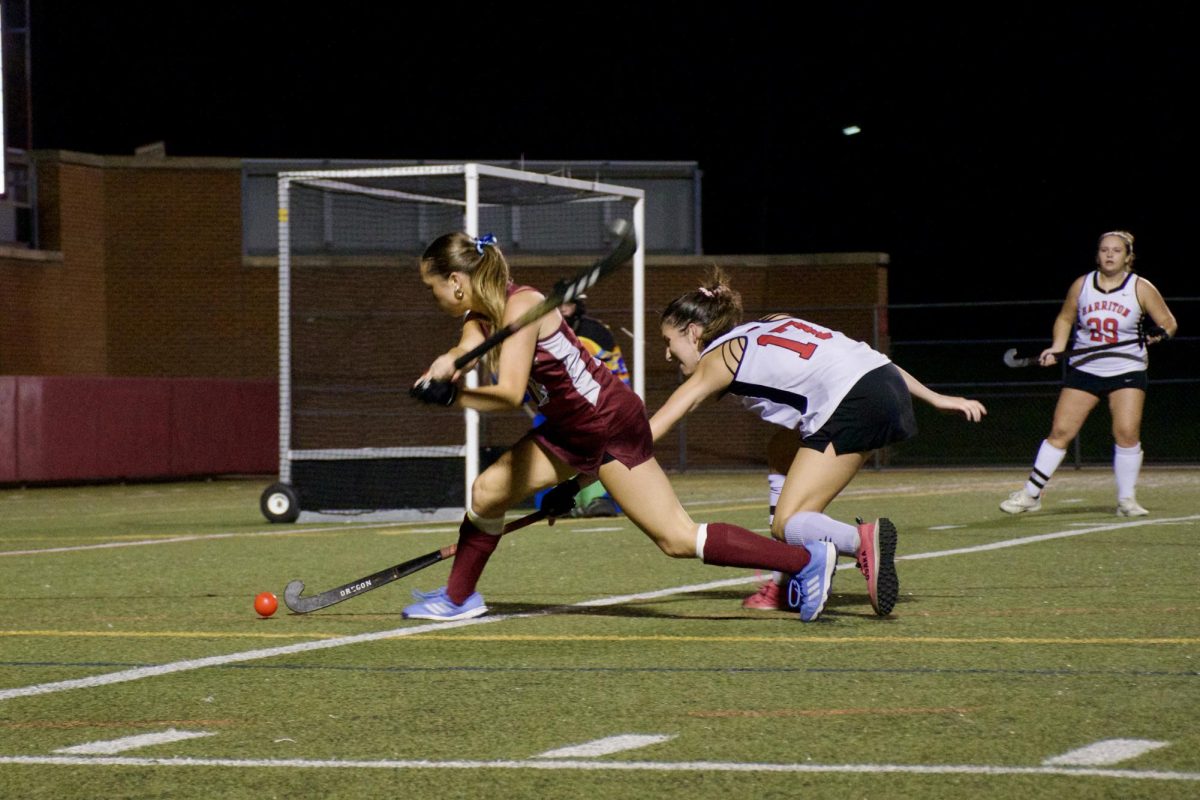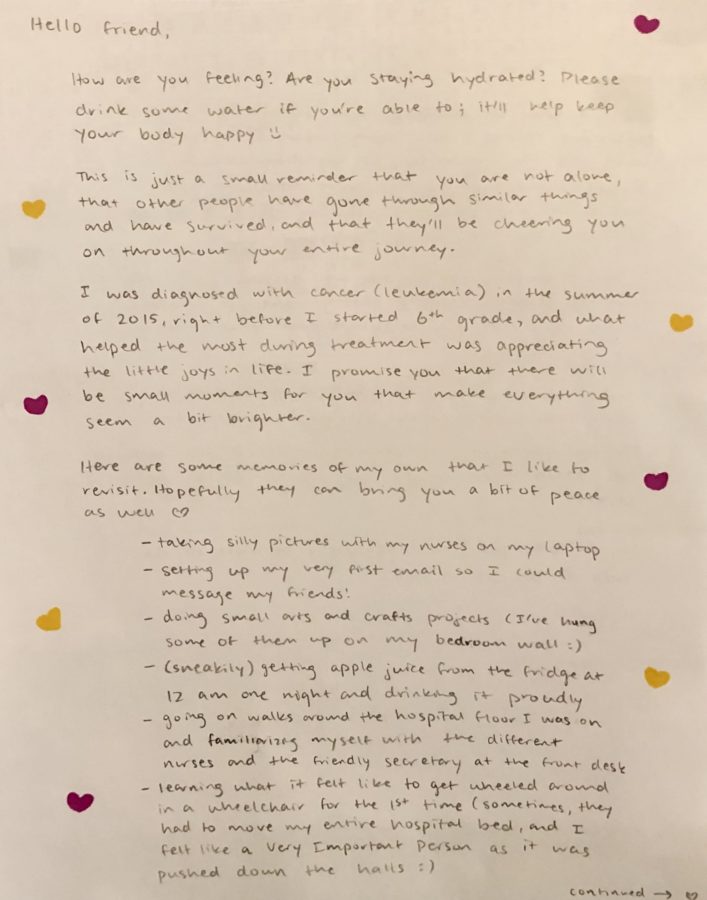By Jessica Frantzen, Guest Columnist
Since my childhood, writing has seemed like magic to me. Whether it be a second grader’s poorly written “Club Penguin” fanfiction or a beloved novel such as “To Kill A Mockingbird,” creative writing takes countless threads of ideas from one person and weaves them into a patchwork image that everyone sees differently.
Because of this, it’s easy to see connections between writing and other art forms, music and visual art—after all, they all turn ideas into something we can see, feel and experience in unique ways. Despite writing being just as artful as music or painting, writing is often treated like the forgotten middle child of the “Art” family, trapped between the spectacles of stunningly realistic paintings and overwhelmingly masterful musical performances. Even at Conestoga, written works get trapped beneath visual and auditory works, lost in a purgatory of being neither seen nor heard.

While visual arts have the privilege of being seen by countless students throughout the halls and musical performances enjoy extensive advertising by their wide range of participants, creative writing in Conestoga is nearly impossible to find without seeking it out. While most students at Conestoga know of the National Art Honor Society to honor great student artists and the Tri-M Music Society to honor the work of student musicians, there is no such thing as a National Writing Honors Society to celebrate writers, and what writing efforts do exist in Conestoga are often overshadowed. For instance, I’m an editor for the Folio, Conestoga High School’s literary magazine, which publishes two issues a year: pages of short stories, memoirs, poetry of all kinds—and student art such as photographs, drawings, paintings and more. Despite the broad range of work covered by the Folio, few students are aware that Conestoga even has a literary magazine. This lack of awareness surrounding creative writing at Conestoga pushes the works of Conestoga writers into the shadows—many student writers are completely unaware of the fact they can submit their work for student publication in the Folio, and those who are published gain little recognition from students outside of a small circle of creative writers in our school’s community. Compared to their creative peers in art and music, Conestoga’s creative writers get less recognition and encouragement—which is disappointing in an academic environment so varied as Conestoga’s.
Writing, like other arts, helps us express ourselves and find our voice. When we write, we take our deepest thoughts and make them manifest in the same way an artist pours their thoughts onto the canvas or a musician powers their performances with their emotions. By writing, we can make our thoughts permanent in a way that music and art cannot. Because of this, it’s important to recognize the importance of writing not just to ourselves, but to Conestoga. By showing greater support to our writers, we show a greater appreciation for the arts and ensure that the creativity of all of our artists is appreciated, improving our community as a whole. If you want to support writing at ‘Stoga, consider going to Inkwell, a poetry and music event that supports local charities, or taking part in writing opportunities like Folio submissions. When you support student writers, you give them a voice and make our school a better, more creative place for all of its students.
























































































